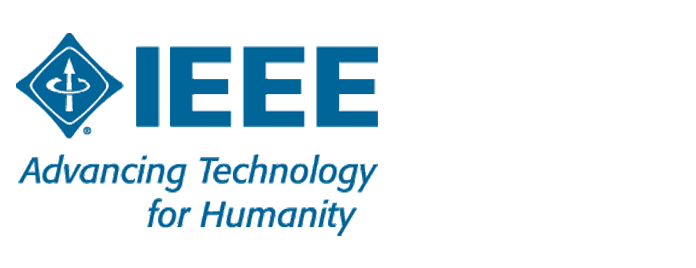Draft Standard for Blockchain Interoperability Naming Protocol
This standard defines a set of protocols that enable Blockchain networks to locate each other's trusted nodes through standardized names. The set of protocols define a naming scheme, an interface for name registration, and the data format that request and response messages use to resolve names.

IEEE P3203
https://standards.ieee.org/project/3203.html
